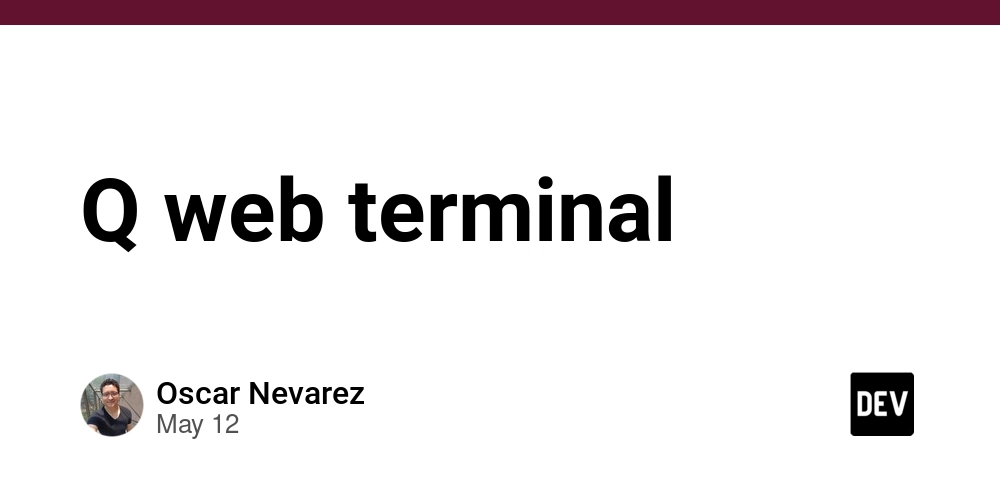This is a submission for the Amazon Q Developer “Quack The Code” Challenge: Exploring the Possibilities
What I Built
The Q Web Interface transforms Amazon Q Developer from a CLI-only tool
into a fully accessible web application, breaking the traditional
terminal barrier. By leveraging PTY processes, Socket.IO, and XTerm.js,
my solution maintains the full interactive capabilities of Amazon Q
while making it available through any web browser on any device.
What makes this project innovative is how it democratizes access to
Amazon Q Developer’s powerful AI capabilities. Users no longer need
terminal access, specialized knowledge, or even a local development
environment to leverage Amazon Q’s assistance. The web interface opens
Amazon Q to non-technical team members, remote workers on mobile
devices, and collaborative environments where multiple stakeholders can
view and interact with the same Q session simultaneously.
By implementing secure authentication and maintaining the full
interactive nature of the CLI through real-time bidirectional
communication, I’ve created a solution that doesn’t compromise on
functionality while dramatically expanding accessibility. This
represents a novel approach to AI tool integration that bridges the gap
between developer-focused CLI tools and the broader needs of modern,
diverse technical teams.
Demo
Default credentials: username:
admin, password:2025DEVChallenge



Code Repository
https://github.com/oscarnevarezleal/q-web
How I Used Amazon Q Developer
For my “Q Web Interface” project, Amazon Q Developer was instrumental
throughout the development process:
-
Initial Project Scaffolding: I started by asking Amazon Q to help me
set up the basic structure for a web-based terminal interface. Q
generated the Express server boilerplate and suggested the right
dependencies for my package.json. -
PTY Process Integration: One of the most challenging aspects was
spawning and managing PTY processes that could run the Q CLI. Amazon Q
provided code examples for using the node-pty library to create and
manage these processes. -
Real-time Communication: When implementing Socket.IO for real-time
terminal output streaming, Q helped me understand the event-based
architecture and provided code for establishing bidirectional
communication between the server and clients. -
Authentication System: Q Developer generated a secure authentication
system with HTTP-only cookies and session management, saving me
significant development time. -
Frontend Terminal Implementation: For the browser-based terminal, Q
provided code for integrating XTerm.js with the Socket.IO client,
including handling user input and displaying terminal output. -
Responsive Design: Q helped optimize the CSS to ensure the terminal
interface worked well on both desktop and mobile devices.

